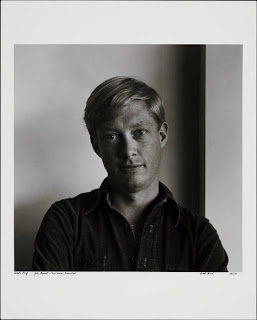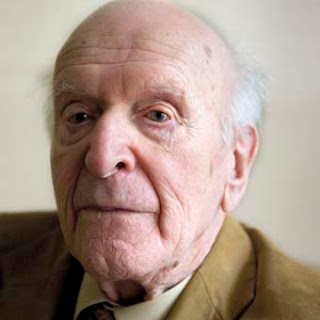
American photographer Robert Giard, notes the Beinecke Library, is renowned for his portraits of American poets and writers; his particular focus was on gay and lesbian writers. Some of his photographs of the American gay and lesbian literary community appear in his groundbreaking book
Particular Voices: Portraits of Gay and Lesbian Writers, published by MIT Press in 1997. Giard’s stated mission was to define the literary history and cultural identity of gays and lesbians for the mainstream of American society, which perceived them as disparate, marginal individuals possessing neither.
See some of his work,
here.
For more author photography, check out the stash of
poet portraits at the Rare Books & Manuscript Library at the University of Pennsylvania.
Pictured above: John Boswell.








































